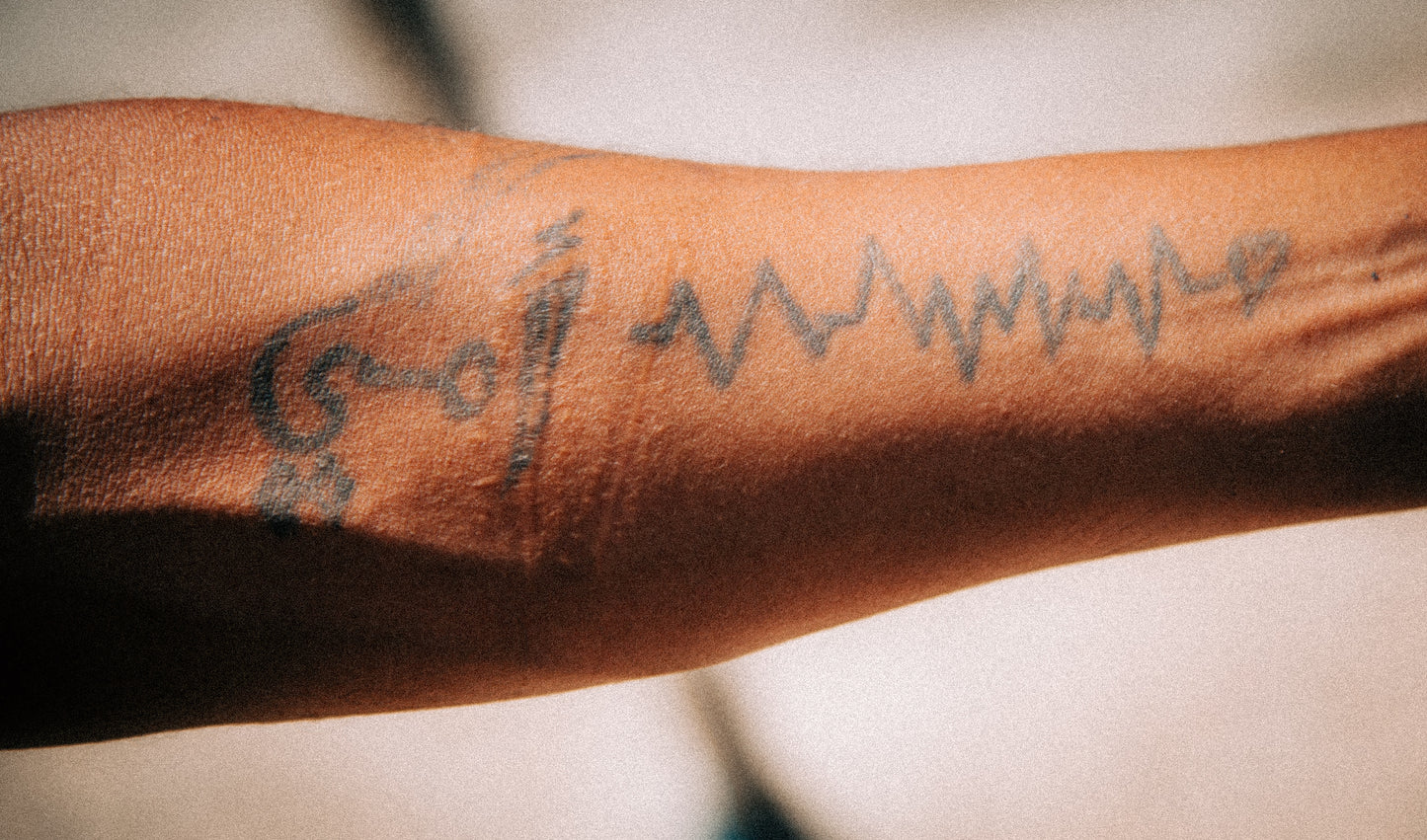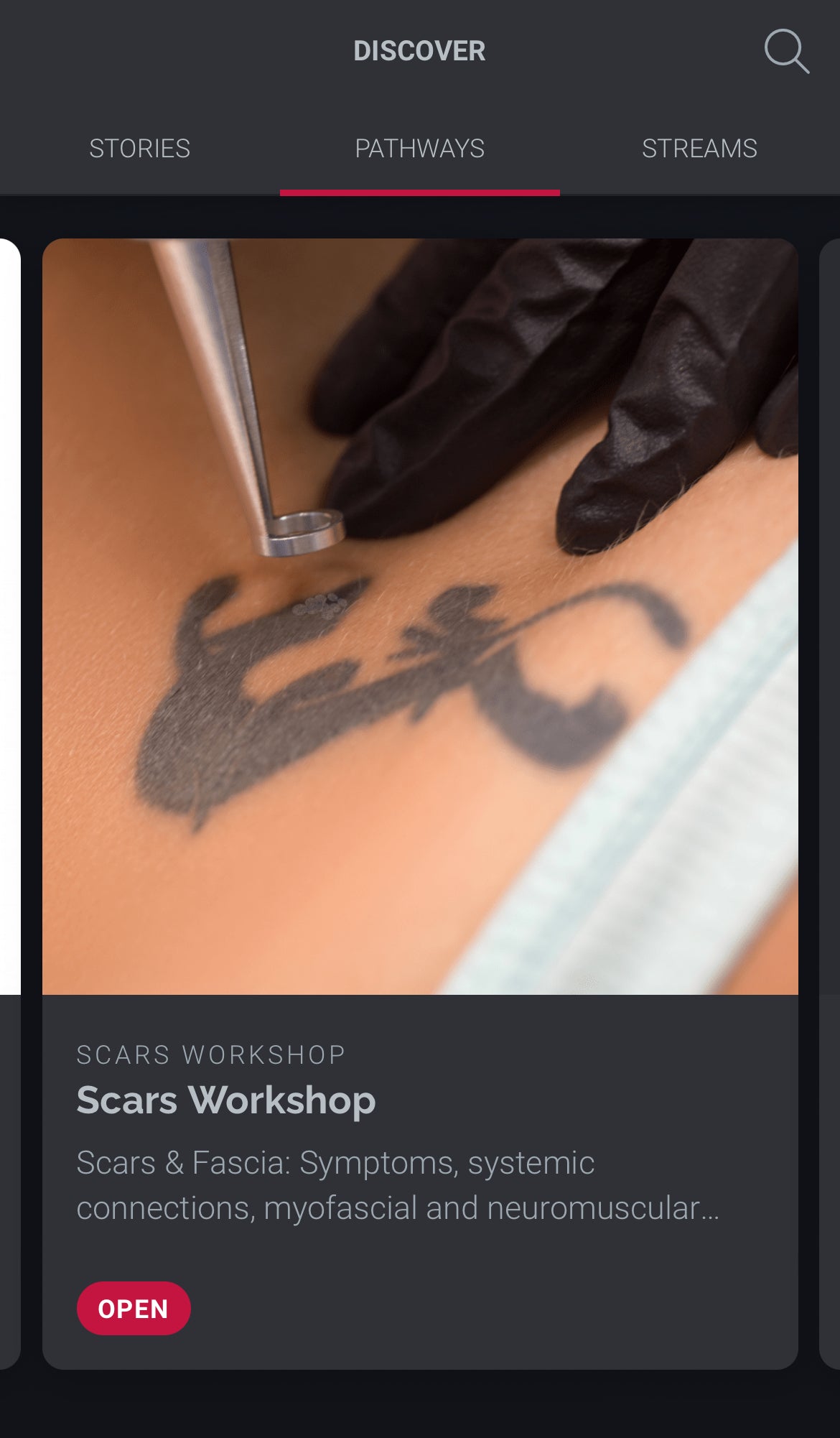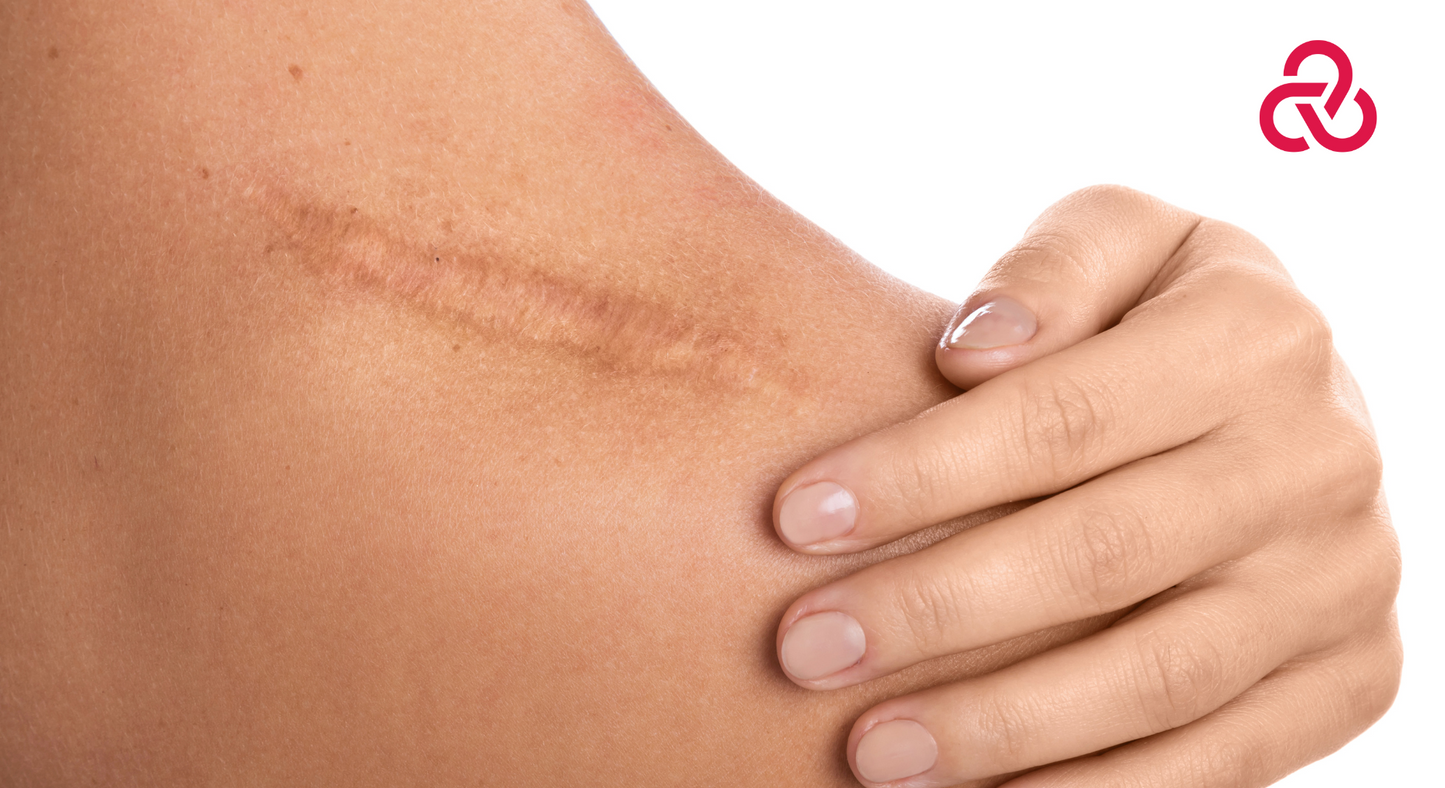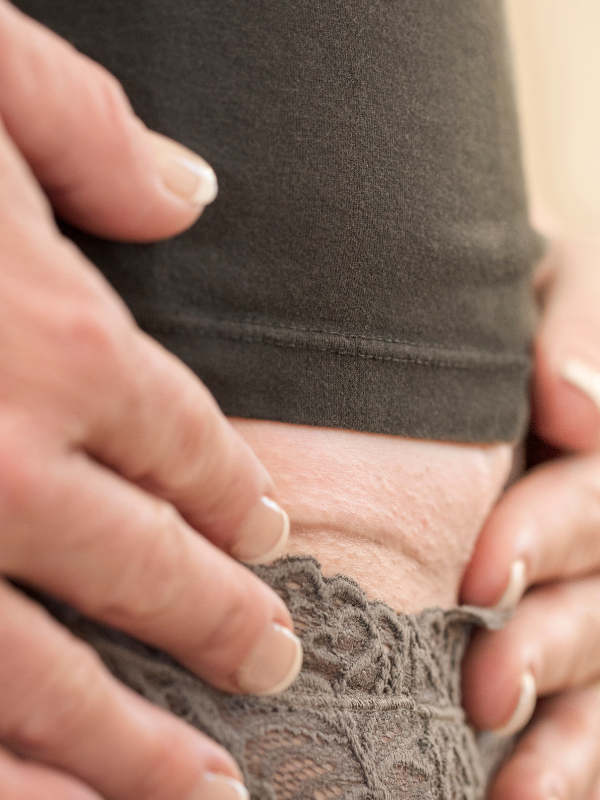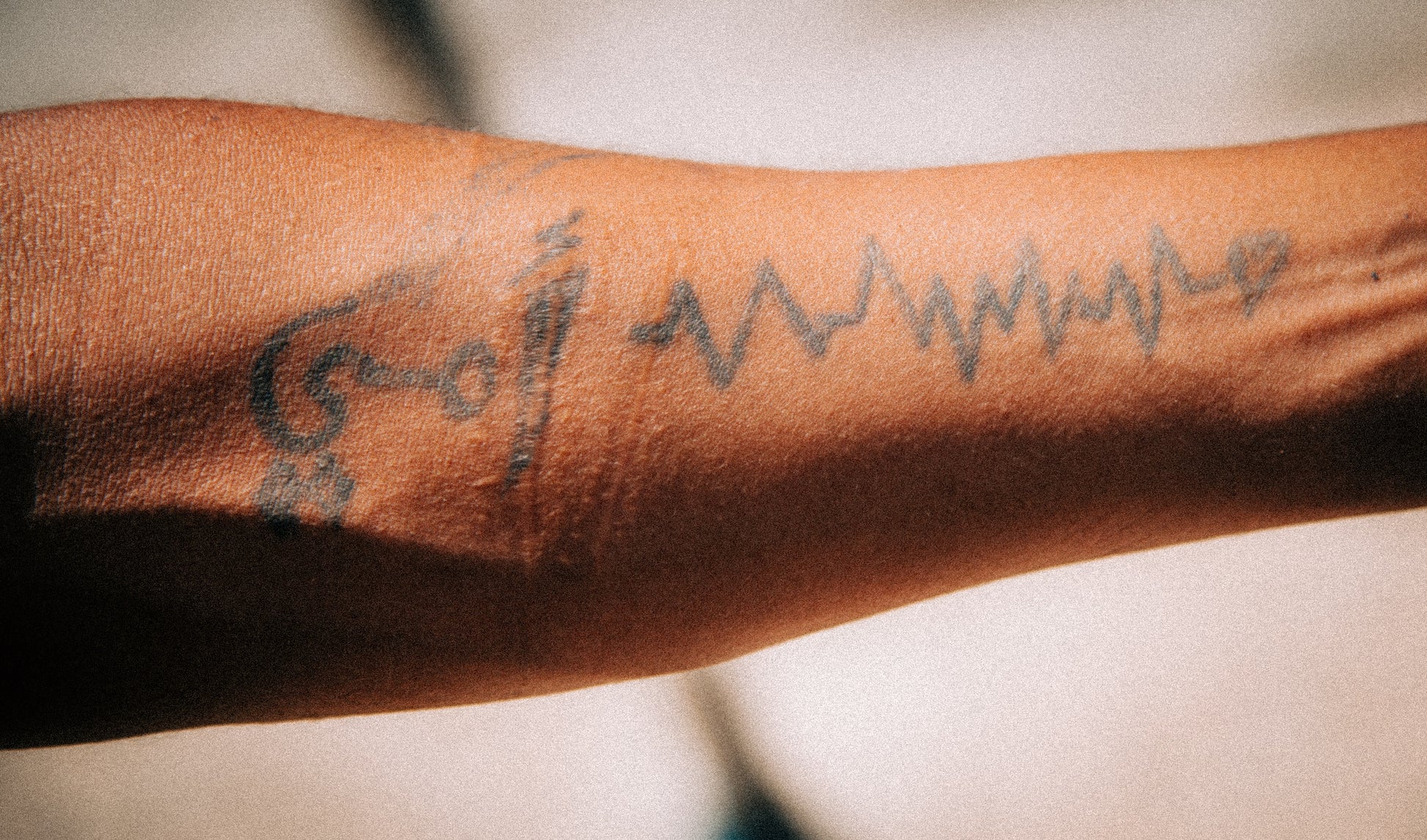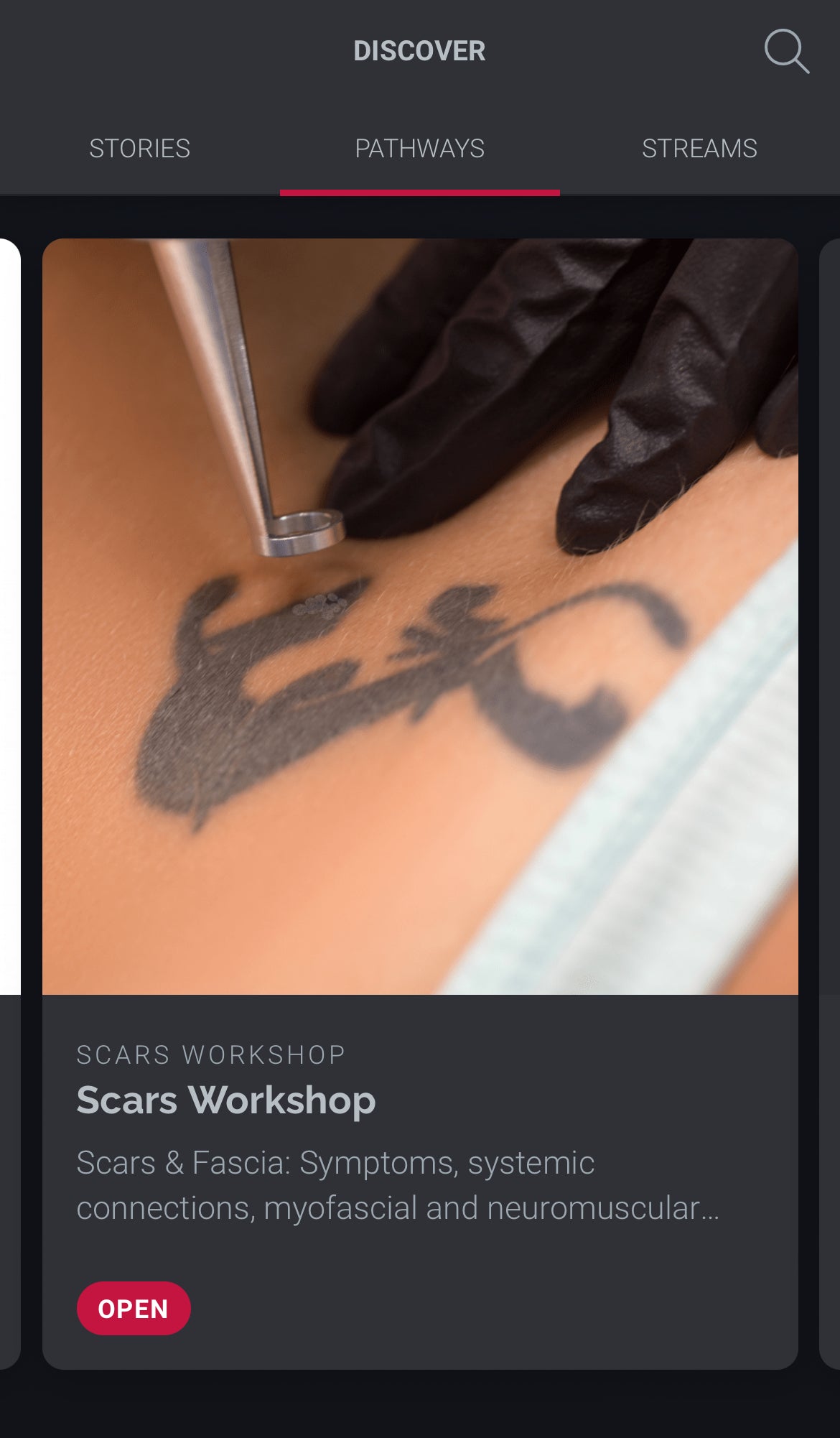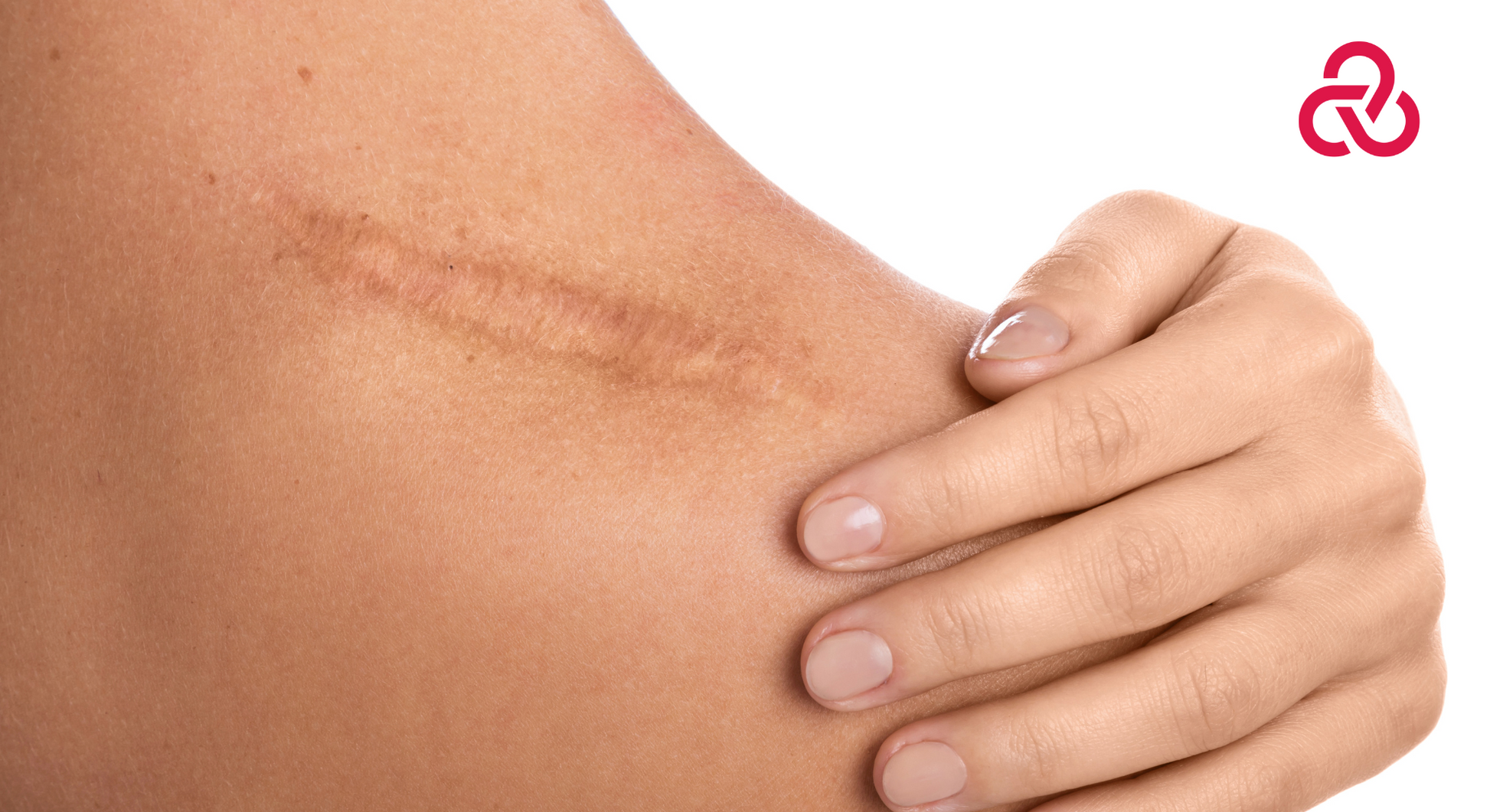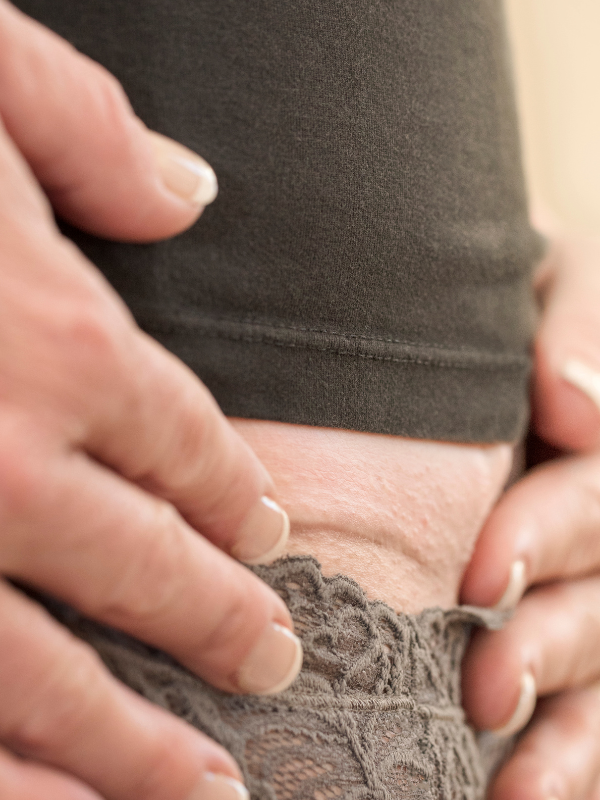B3 Academy
Scar Tissue Recovery: Restoring Core Stability & Motor Control Workshop (Self-Study)
Scar Tissue Recovery: Restoring Core Stability & Motor Control Workshop (Self-Study)
Verfügbarkeit für Abholungen konnte nicht geladen werden
What if scar tissue is the silent culprit behind your pain, postural imbalances, or restricted movement?
Unveiling the Hidden Impact of Scars, Unlock the Healing Power of Your Body and Reclaim Movement Freedom.
Scars, whether from surgeries, injuries, piercings, or tattoos, are often overlooked as a source of dysfunction. But did you know that scar tissue can significantly impact motor control, core stability, and even your overall wellbeing?
Welcome to the B3 Academy's Scar Tissue Recovery Workshop – a self-paced learning experience designed to equip you with practical, evidence-based techniques to release and reactivate muscles and fascia affected by scars.
Why Us?
At B3 Academy, we focus on holistic, science-driven approaches to body healing and performance. Our methods bridge the gap between traditional biomechanics and neurokinetic techniques, empowering you to take control of your health and movement. Led by Simone Sittig, our expert team provides real-world applications that have helped countless individuals reclaim their physical autonomy and reduce pain.
This is not just another workshop. It is an invitation to reawaken the potential of your body by addressing the hidden disruptors: scars.
Why This Workshop?
Scars can disrupt the flow of information between your brain and body, limiting muscle contractility, sensory feedback, and movement efficiency. This workshop will teach you how to assess, analyze, and restore motor control in the affected areas. Through the B3 neurokinetic approach, you will gain the tools to:
- Reactivate inhibited core muscles impacted by scars
- Improve sensory and motor mapping, giving your brain a clearer map of your body
- Restore movement range and reduce pain instantly by providing new neural inputs
- Learn to use functional muscle testing to locate and reset affected muscles
- Balance postural imbalances caused by scar tissue disruptions
- Enhance sports performance through muscle reactivation
What You will Learn
Over the course of over 8 hours of engaging content & hands-on exercises, you will:
- Master techniques to palpate scars, assess depth, measure distance, and detect adhesions
- Discover the significance of scars in pain and dysfunction
- Understand how scars can reduce muscle contractility and impede sensory feedback
- Learn how to address scar tissue affecting core stability and fascial mobility
By the end of this workshop, you will not only know how to help yourself but also how to apply these techniques to family and friends for relief and recovery.
What Makes Us Different?
The B3 Scar Tissue Recovery Workshop goes beyond traditional muscle therapies by focusing on the often-ignored neurological and fascial components of healing. You will learn how to influence the nervous system to promote healing and reactivation of the body's core functions, regardless of the age or type of scar.
Our step-by-step guidance ensures that whether you are new to neurokinetic techniques or experienced in bodywork, you will have actionable tools to improve your health and help others.
The Hidden Influence of Scars on Core Stability
Research shows that electrical activity around scar tissue is higher than in normal skin, suggesting overactive neural drive. This overactivity often leads to spasms and weakens muscle contractility, even years after the scar forms. Addressing scar tissue can make an immediate and measurable difference in restoring function and alleviating pain.
Scars are more than just surface-level marks; they impact how your muscles fire and how well your body moves. In this workshop, we dive into how scars like C-section scars and other abdominal scars affect everything from core stability to postural alignment, even influencing symptoms such as:
- Stiffness in the spine
- Pelvic and lower abdominal pain
- Endometriosis and infertility links
- Headaches, jaw tension, and even vision problems
Symptoms linked to Caesarean scars:
- sympathetic nervous system response - stress and anxiety
- stiffness of the spine
- headaches
- toothache
- jaw tension
- eye and vision problems
- lower abdominal pain
- pelvic pain
- links to infertility
- endometriosis
- heavy menstrual flow
- severe cramps
- pain during sexual intercourse
Why Wait?
Your body is designed to heal, but sometimes it needs the right tools and techniques to unleash its full potential. Whether you are dealing with long-term pain, reduced mobility, or simply looking to optimise your body's performance, this workshop offers the roadmap to scar recovery and holistic body healing.
Ready to Reactivate Your Body?
Scars don’t have to be permanent disruptors. Join the Scar Tissue Recovery Workshop and start your journey towards enhanced core stability, restored motor control, and pain-free movement today.
Will you join us?
